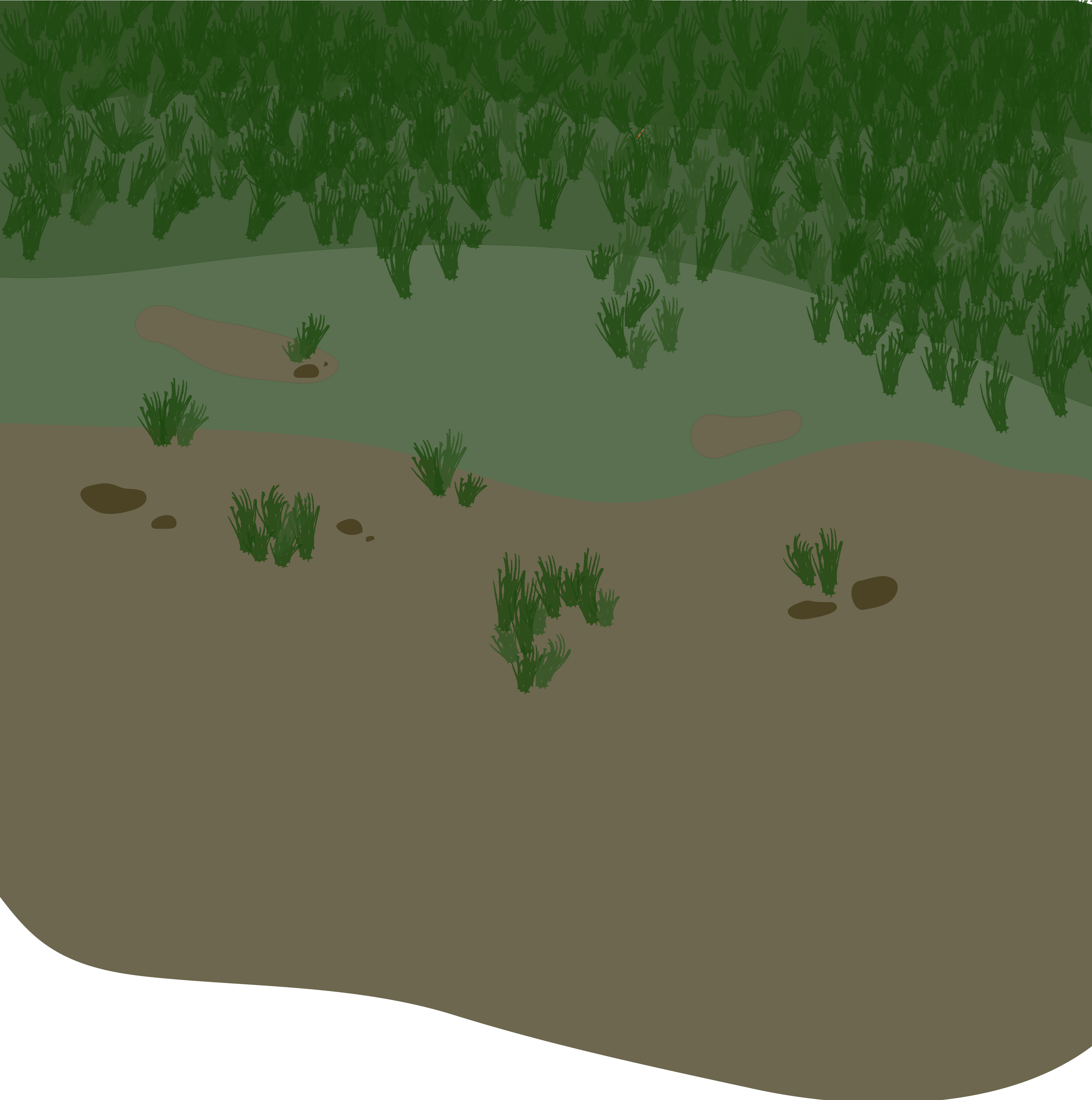
Factory Farming
What it is, why it's bad and how you can help








factory farms produce:
99.9% of chickens products
97% of egg products
99% of turkey products
95% of pig products
78% of cattle products
99.9% of chickens products
97% of egg products
99% of turkey products
95% of pig products
78% of cattle products
If you don't know where your produce is coming from,
chances are it is coming from a factory farm
chances are it is coming from a factory farm
Factory Farming is the industrial style of farming through which over 99% of farm animals in America are raised.
Instances of abuse:
-Animals are confined to overcrowded, unsanitary cages without access to sunlight, fresh air, or open pasture
-Antibiotics are often used to compensate for unsanitary conditions, which lead to health problems for consumers
-Animals experience mutilations such as castration, teeth-clipping, tail-docking and branding without anesthesia
-Animals endure long-distance transport, where they spend 36 to 52 hours without water, food or a rest stop
-Antibiotics are often used to compensate for unsanitary conditions, which lead to health problems for consumers
-Animals experience mutilations such as castration, teeth-clipping, tail-docking and branding without anesthesia
-Animals endure long-distance transport, where they spend 36 to 52 hours without water, food or a rest stop




Environmental Effects
69% of the world's freshwater is used in factory farming
Excessive manure contaminates water with pathogens, phosphorus, and nitrogen
Livestock production accounts for about 35% of total methane emissions
Factory Farming contributes to 9% of all greenhouse gas emissions




Health Implication
Animals are given growth hormones which increase the risk of breast, prostate, and colon cancer in beef and milk consumers
Antibiotics are used to increase animal's growth, resulting in bacterial infections in humans which are immune to antibiotics




What can you do to help?
Consume less animals Products
Buy from local, organic farms
Only buy animal products with these independent certifications
Work Cited
"Help Farm Animals." ASPCA. N.p., n.d. Web. 09 May 2017.
"Factory Farming and the Environment." Farm Sanctuary. N.p., n.d. Web. 09 May 2017.
"Sources of Greenhouse Gas Emissions." EPA. Environmental Protection Agency, 14 Apr. 2017. Web. 09 May 2017.
"Water." Weltagrarbericht. N.p., n.d. Web. 09 May 2017.
Livestock’s long shadow, Environmental issues and options, H. Steinfeld, P. Gerber, T. Wassenaar, V. Castel, M. Rosales, C. deHann, 2006.
"Factory Farming and the Environment." Farm Sanctuary. N.p., n.d. Web. 09 May 2017.
"Sources of Greenhouse Gas Emissions." EPA. Environmental Protection Agency, 14 Apr. 2017. Web. 09 May 2017.
"Water." Weltagrarbericht. N.p., n.d. Web. 09 May 2017.
Livestock’s long shadow, Environmental issues and options, H. Steinfeld, P. Gerber, T. Wassenaar, V. Castel, M. Rosales, C. deHann, 2006.